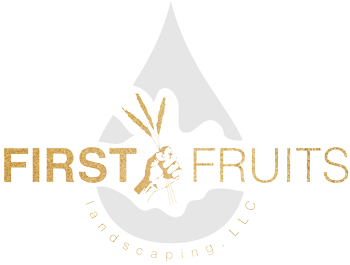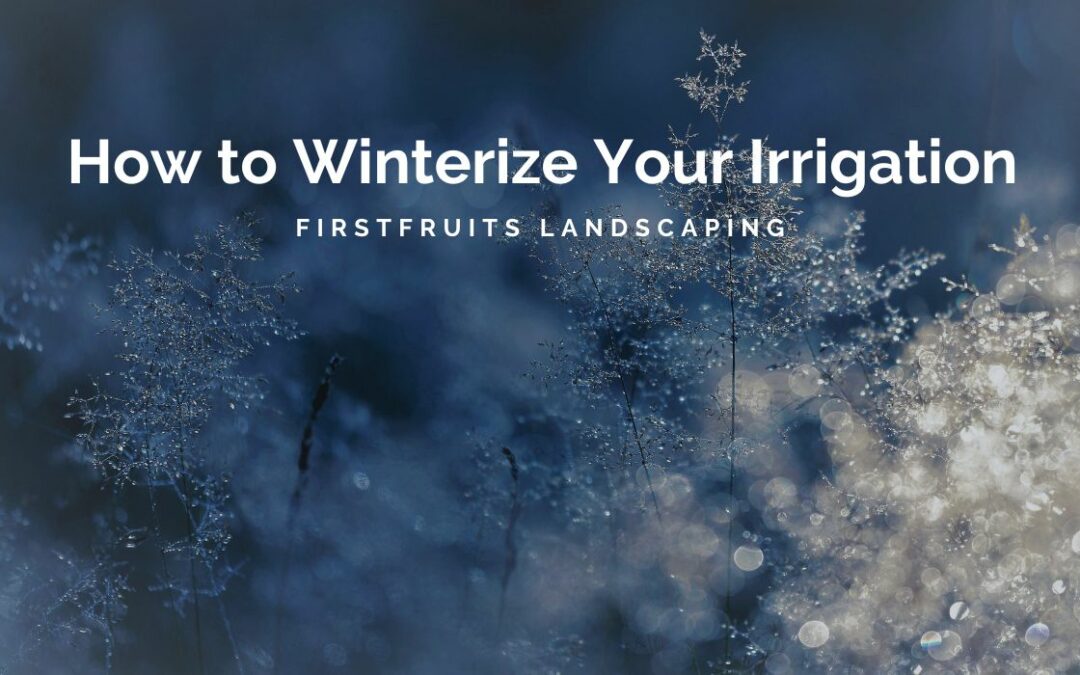Shut Off the Water
The first thing you need to do is shut off your water in the system. The shut-off is the main valve that is almost always found by the water meter. If there are any valves that prevent backflow they need to be shut off as well.
Turn Off the Timer
If you have a timer that your system runs on this needs to be turned off. You can put it in rain mode and save all of your program’s information. Just keep a watch on this because you don’t want it to accidentally run. the system or spike your energy costs.
Drain the Water
You need the system blown out professionally so that the water is all drained. If you are doing this yourself it can be time-consuming and you can go about draining a few different ways.
Manual Draining- Some systems have the option to drain water manually. Sometimes the water can be pressurized so be careful as you are doing this.
Automatic Draining- There are systems that will automatically drain the water for you once the main valve is shut off.
Blow-Out Draining- This is when you hook up an air compressor, which can force water out of the sprinkler heads. You need to make sure your system is set up for this or you can cause damage.
Insulate Above-Ground Components
The last thing you want to do is make sure all above-ground parts of the sprinkler system are insulated from weather conditions. Any exposed piping and the shut-off valve should be covered and insulated. Do not block any drain outlets or air vents.
There is a lot to consider when you are winterizing your lawn and lawn care. You want to prepare ahead of time, especially with your sprinkler system because there is a lot of potential damage if it is not winterized. This includes knowing your system and how to best care for it aboveground and below ground.
For more information on landscaping and lawn care in Mukilteo and Edmonds, contact us, we would love to help!
More for the Winter for Homeowners

